Women's Healthcare Pioneers & Advocates - MIT Medical (E23) & Whitaker College (E25)
Introduction
Text-to-speech Audio
Healthcare has been available at this location since this building, E23, opened in 1982. Medical services were not specifically recorded at MIT until the Annual Report of 1901; and even though women had been enrolling as students since MIT’s earliest years, for decades, there is no mention in available records of care being provided to the women students of MIT – although there are multiple references to caring for the wives of students. Even so, MIT was making a difference in the health of women: a number of MIT’s earliest female students became physicians (and many still do to this day); Katharine Dexter McCormick (1904 S.B. Biology) funded the research that led to the development of the oral contraceptive pill; and today, MIT faculty like Linda Griffith are leading research endeavors that aim to understand the pathophysiology and potential treatments for conditions such as endometriosis that affect women.
Images
MIT Medical

The first 5 women elected to the American College of Surgeons
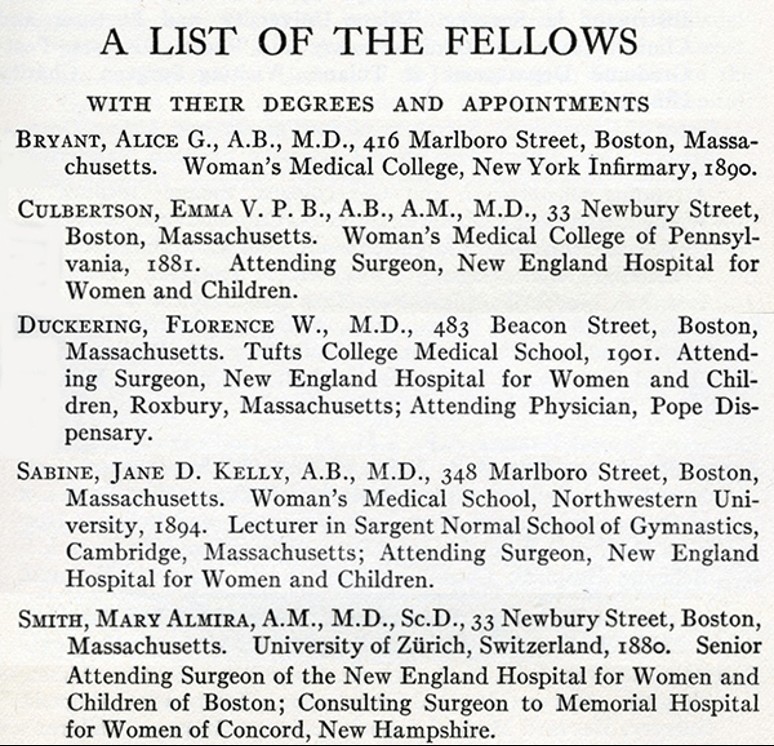
Portrait of Anna Gove
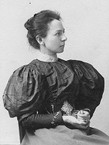
Gove Student Health Center, University of North Carolina Greensboro
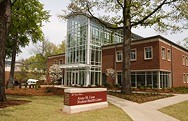
Reed-Sternberg lymphocyte, discovered by Dorothy Reed Mendenhall

Katharine Moore Dexter McCormick participating in a suffragist rally, 1917
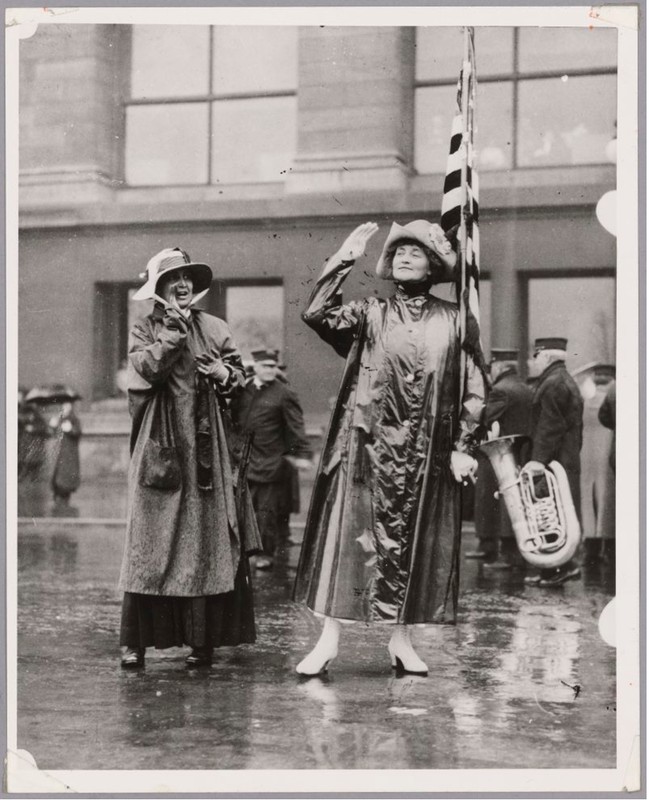
Ruby Jackson, first obstetrician at MIT Medical
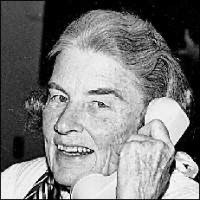
Prof. Linda Griffith outside the MIT Center for Gynepathology Research
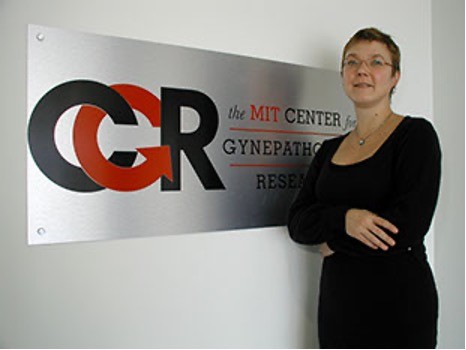
Backstory and Context
Text-to-speech Audio
A number of MIT’s earliest female students were either already physicians or were interested in becoming physicians. Included among them: Alice G. Bryant M.D., Class of 1886, the first female ear, nose and throat (ENT) surgeon in the United States and also one of the first women elected to the American College of Surgeons. Dr. Bryant was recognized of being an inventor of surgical instruments, including an electrosurgical foot pedal designed to be used by ENTs during office procedures - a device that combined her medical expertise with what she had learned while at MIT. Another notable student was Anna Maria Gove M.D., Class of 1889, one of the first licensed woman physicians in North Carolina, and campus physician at what is now the University of North Carolina Greensboro from 1893-1936; Ethel Brown Blackwell Robinson M.D., Class of 1891, niece of Dr. Elizabeth Blackwell (the first female medical school graduate in the United States); and Dorothy Reed Mendenhall, Class of 1896, who discovered the characteristic blood cell associated with Hodgkin’s lymphoma, a cell that bears her name. Since those early days, female graduates of MIT continue to enter careers in medicine as clinicians, researchers, and in medical leadership.
Arguably one of the most important influencers of healthcare for female students was Katharine Dexter McCormick, Class of 1904. After meeting Margaret Sanger at a lecture in 1917, she was incredibly interested in Sanger’s goal of developing female-controlled methods of birth control. She was so passionate about making contraception available to women who needed it that she even went as far as to have diaphragms sewn into her gowns in order to smuggle them into the country. However, it was not until the late 1940’s, and the passing of her husband, that she was able to provide the substantial financial support that was needed to fund the research and development of what is now known as simply “The Pill”. As a staunch supporter of female students at MIT, she regularly met with women undergraduates at her home for tea. Elisabeth Drake ’58, describes one of those teas from her freshman year: “Well, we all went, and we sat down in this living room perched on the edge of our chairs with our gloves and, you know, trying to balance a teacup. And I didn't quite know what to expect, and she piped up. She said, "Well, young ladies, thank you all for coming here. It's good to see you all. I assume you all know about birth control." Well, I was about ready to drop my teeth. She wanted to make sure, you know, we didn't get ourselves into any trouble. And we had a great time with her.” (Margaret MacVicar Memorial AMITA Oral History Project Elisabeth Drake - Class of 1958, 1989)
Healthcare for female students at MIT became increasingly available on campus as the medical service grew. In 1957, MIT decided to provide prenatal care on campus, in partnership with the Boston Lying-In Hospital. Prenatal, delivery, and post-partum care was provided by Dr. Ruby Jackson, then a resident at the Boston Lying-in Hospital. The entire episode of care (including the hospital portion) was $250 for those who enrolled. As noted in her obituary, there was an “article on the front page of the Boston Herald on December 7, 1957 that called the program an ‘unprecedented step among American institutions of higher learning’.” (Ruby Jackson Obituary, 2012) Full-scope midwifery services continue to be available to students and other patients to this day.
At the time of Dr. Samuel Clark’s 1956 arrival at MIT Medical, like many states, the Commonwealth of Massachusetts had legal restrictions on contraception, although what happened in private medical offices was rarely monitored. The women of MIT were fortunate to have providers such as Dr. Clark ensuring that they had access to contraception. So while other university health services were debating the ethics of providing unmarried female students with birth control prescriptions and access to other reproductive services, MIT Medical adopted a different approach. In his memoir, Dr. Clark summarized the philosophy as follows: “Our own health service, I am happy to say, was able to sail through this storm with a minimum of difficulty. By the simple process of not discussing the issue in any form or fashion, by not asking anybody’s permission, and by not taking up the matter with the higherups in the administration, the questions gradually solved themselves over a period of years.”(Clarke, p. 45)
MIT does not have a medical school – but that doesn’t mean that MIT hasn’t been able to impact the health of its female students and other women. Numerous faculty, including Linda Griffith PhD, study diseases that affect women. Professor Griffith is particularly interested in endometriosis, a disease that affects 1 in 10 women – and can severely impact a woman’s quality of life, her fertility, and her mental health. Her passion for the topic goes beyond the research itself – she advocates tirelessly for an increase in research funding for all sorts of “forgotten” diseases that affect millions of women. As she stated during a 2021 presentation at an NIH conference: “We desperately need an outside analysis of the funding disparities. Everybody's brought them up today, me with a little more granularity. We need -- and I don't know that anybody brought this up -- analysis of how health disparities in women influence the wage gap. We need to let in outside people. NIH should embrace and encourage this and make it possible and not fight it.” (Innovation 11:03)
Sources
- Massachusetts Institute of Technology, and M.I.T. Women's Association. Registration Committee. Technology Women. [Cambridge, Mass.: Massachusetts Institute of Technology, 1916. https://hdl.handle.net/2027/hvd.hn59ep. Accessed 02/25/2022. [700+ women surveyed who attended MIT through 1916, lists professions]
- Bever, M. A. (1976). The women of M.I.T., 1871-1941 : who they were, what they achieved. Retrieved from Thesis. 1976. B.S.--Massachusetts Institute of Technology. Dept. of Humanities.: http://dspace.mit.edu/handle/1721.1/33804
- Changing the Face of Medicine - Celebrating America's Women Physicians. (n.d.). Retrieved from https://cfmedicine.nlm.nih.gov/physicians/biography_221.html
- Stanley, A. (1995). Mothers and Daughters of Invention: Notes for a Revised History of Technology. Rutgers University Press.
- Elisabeth Drake - Class of 1958. (1989, April 23). Retrieved from Interviews of the Margaret MacVicar Memorial AMITA Oral History Project: https://dome.mit.edu/bitstream/handle/1721.3/74344/MC0356_694997.pdf?sequence=1&isAllowed=y
- American Experience Features: The Pill. Katharine Dexter McCormick https://www.pbs.org/wgbh/americanexperience/features/pill-katharine-dexter-mccormick-1875-1967/Accessed February 28 2023
- Ruby Jackson Obituary. (2012, April 6). Retrieved from Legacy.com: https://www.legacy.com/us/obituaries/bostonglobe/name/ruby-jackson-obituary?id=21022220
- MIT Reports to the President. (1976). Retrieved March 2023, from MIT Archives: https://libraries.mit.edu/archives/mithistory/presidents-reports/presidents-reports-new.html
- Clark, S. D. (1976). The MIT Medical Department 1901-1976, A Personal History. Cambridge MA: MIT Medical Department.
- "Innovation Through the Lens of Women’s Health Research by Linda Griffith, PhD." YouTube, uploaded by NIH DPCPSI, 31Dec. 2021, https://youtu.be/40GI4th3qM4. Retrieved March 2023.
1. MIT Medical, Courtesy of the The Tech, Facebook 2008
2. American College of Surgeons. https://bulletin.facs.org/2019/09/the-first-women-elected-to-college-fellowship/
3. Portrait of Anna Gove. University of North Carolina, Greensboro. http://library.uncg.edu/map/details/i/Gove_Anna1.jpg
4. Gove Student Health Center, University of North Carolina Greensboro. http://library.uncg.edu/map/details/i/Gove%20Center.jpg
5. Reed-Sternberg lymphocyte. Wikimedia Commons. https://commons.wikimedia.org/wiki/File:Reed-Sternberg_lymphocyte_nci-vol-7172-300.jpg
6. Katharine Moore Dexter McCormick. Courtesy of the MIT Museum. https://mitmuseum.mit.edu/collections/object/GCP-00018171.
7. Ruby Jackson. Courtesy of the Boston Globe. https://cache.legacy.net/legacy/images/cobrands/bostonglobe/photos/BG-2000604829-Jackson_Ruby.1_20120407.jpgx?w=200&h=200&option=3
8. Prof. Linda Griffith, MIT Center for Gynepathology Research. https://cgr.mit.edu/wp-content/uploads/2017/04/p1010032.jpg
